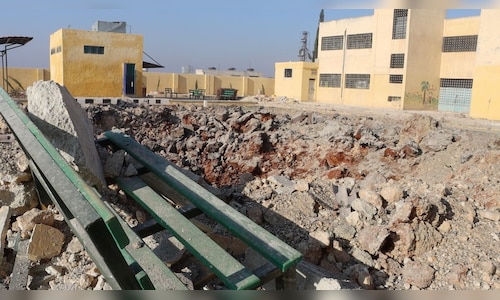
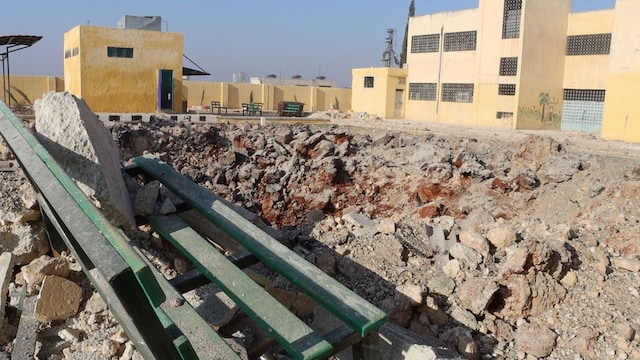
Syria’s civil war has grabbed headlines once again as a newly formed rebel coalition executed a surprise attack, capturing territory in Aleppo, the nation’s second-largest city. This marks the first-time opposition forces have gained ground in Aleppo since 2016, effectively disrupting the prolonged stalemate of the ongoing conflict. (Image: Reuters)

How the Syrian Civil War has played out | In 2011, during the Arab Spring, Syrian pro-democracy protesters demanded the removal of President Bashar al-Assad. Assad’s regime responded violently, leading to the formation of armed opposition groups, including defectors from the military. The opposition was diverse but united in the goal of ousting Assad, receiving support from Turkey, Saudi Arabia, the UAE, and the US. As the opposition grew, Syria’s allies Iran and Russia increased their backing, with Iran’s Revolutionary Guard and Hezbollah on the ground and Russian warplanes in the air. (Image: Shutterstock)
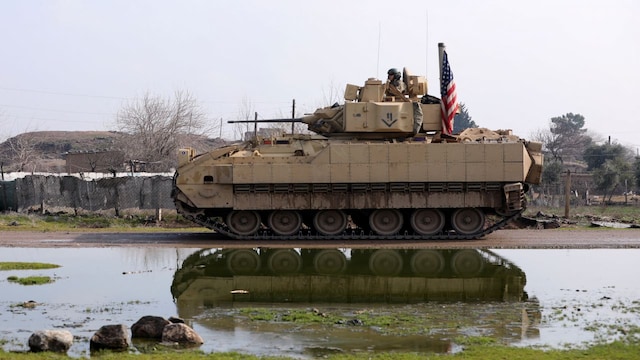
Extremist groups like al-Qaeda appeared in Syria, aligning with the moderate opposition, but were unwelcome by them. By 2014, ISIS took control of large areas, prompting a US-led international coalition focused on eliminating the group but avoiding direct conflict with Assad’s regime. The Syrian Democratic Forces (SDF), primarily Kurdish fighters, played a key role in dismantling ISIS’s territorial control. In 2020, Russia and Turkey brokered a ceasefire in Idlib, establishing a security corridor with joint patrols. (Image: Reuters)
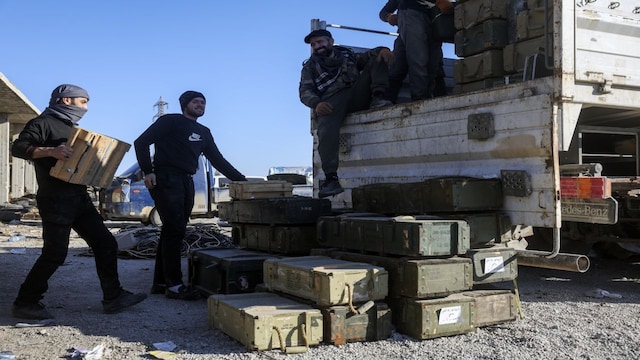
Reasons for the latest flare-up | A new coalition by the rebels, the Military Operations Command, on November 27, 2024 began advancing rapidly through villages surrounding Aleppo. They now dominate a significant portion of the city, encountering minimal resistance during their advance. The insurgents are using a vacuum left by a weakened Assad government, whose key allies are engaged in other disputes. Russia, Assad’s main partner in the sky, invaded Ukraine in 2022 and has diverted significant manpower and resources there. (Image: AP)
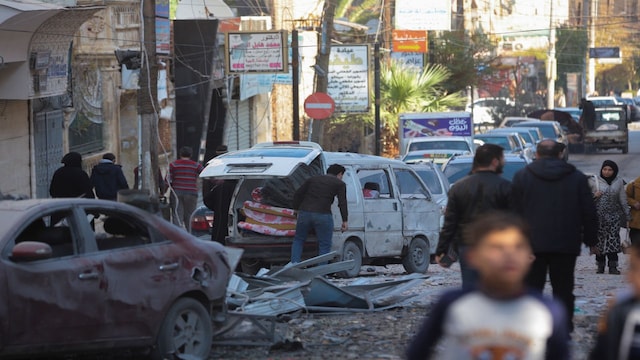
Iran, another ally, has experienced a succession of assaults from Israel, notably inflicting significant damage on Hezbollah. In response to the rebel advance, the Russian and Syrian air forces launched an aerial offensive in Aleppo and Idlib provinces. The loss of Aleppo is a considerable blow to Assad’s military forces. Not only was it Syria’s economic hub, but it is also recognised as one of the oldest continuously inhabited cities globally. The city had served as the primary stronghold for the rebels until its capture by Assad in 2016. With the rebels now regaining a foothold in the city, they are no longer confined to Idlib, which may lead to a cascading series of event. (Image: Reuters)
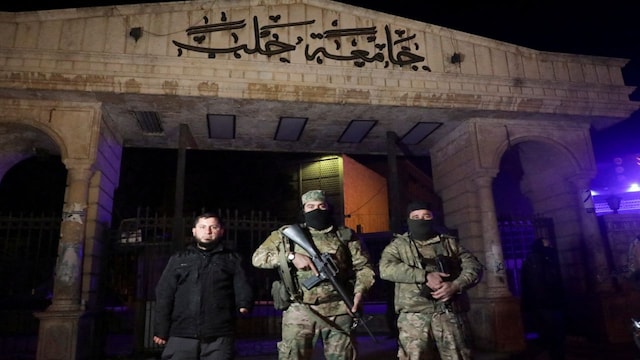
Who are the rebels? | The new grouping is made up of a broad spectrum of opposition forces, from Islamist factions to moderates. The offensive on Aleppo is led by Hayat Tahrir al-Sham (HTS), a former al-Qaeda affiliate that broke with the jihadist group in 2017. The Syrian National Army, which, despite its name, is a Turkish proxy, has also joined the fray. They have been joined by groups backed by Turkey and others previously supported by the US. Complicating the situation further, the SDF is trying to expand its own territory on the eastern side of Aleppo. The backbone of the SDF are Kurdish fighters from a group known as the Peoples’ Protection Units (YPG), which has previously fought other Syrian opposition groups. Neighboring Turkey considers the YPG to be an extension of a group it considers a terrorist organisation. (Image: Reuters)
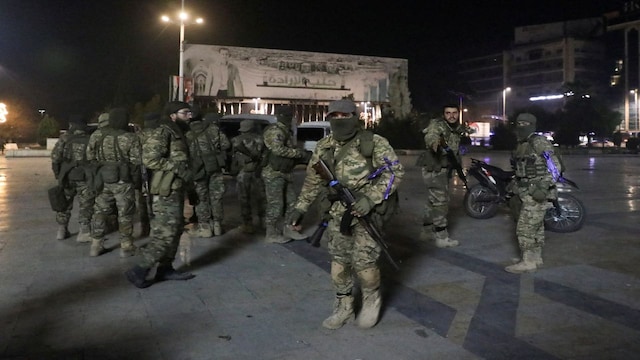
Who controls what in Syria? | More than a decade of civil war, proxy battles and an invasion by the terrorist group Islamic State have left Syria carved up into different zones of control. Though the government now controls more than 60% of the country, much of this control relies on the backing of external allies like Russia and Iran. (Image: Reuters)
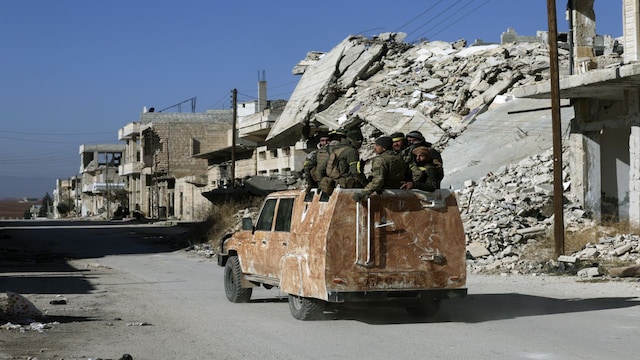
Large parts of the country, including opposition-held areas in the northwest and the northeast, which is dominated by a Kurdish-led militia backed by the US, are out of government control. The opposition-controlled area of northwest Syria includes parts of Idlib and Aleppo provinces Islamic State, after losing its last territorial foothold in Syria in 2019, maintains sleeper cells hiding out in Syria’s desert, which carry out sporadic attacks on government soldiers and civilians. (Image: AP)

What could happen next? | Firstly, Turkey, having encouraged its Syrian partners to launch this offensive, might offer to help them hold the areas they have seized. But, there have already been reports of clashes between the Turkish backed rebel groups and the SDF, which Turkey regards as a terrorist organisation. Secondly, HTS, which has rebranded itself over the years, claiming to focus on governance and military strategy, has plenty of radicals in its ranks, and is accused of tolerating militant activities within its territory Finally, other parts of Syria could now also revolt, possibly opening a second front in the restive south. But that would require help from neighbouring Jordan, which will be wary about conflict on its border. (Image: AP)
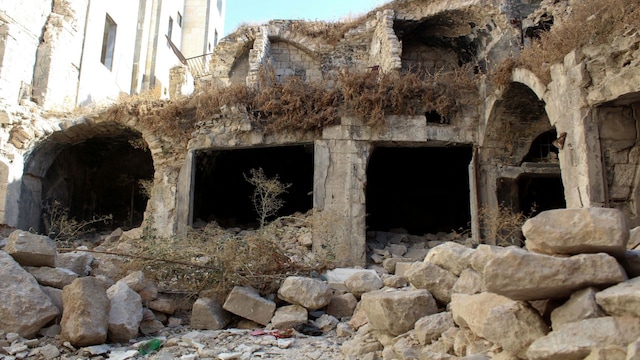
The conflict in numbers | Roughly 30% of Syria remains under opposition control, reflecting the fragmented state of the country after years of conflict. The war has claimed an estimated 580,000 to over 617,910 lives, including 219,223 to 306,887 civilian deaths. The violence has also displaced over 13 million people, resulting in a significant refugee crisis. (Image: Reuters)



